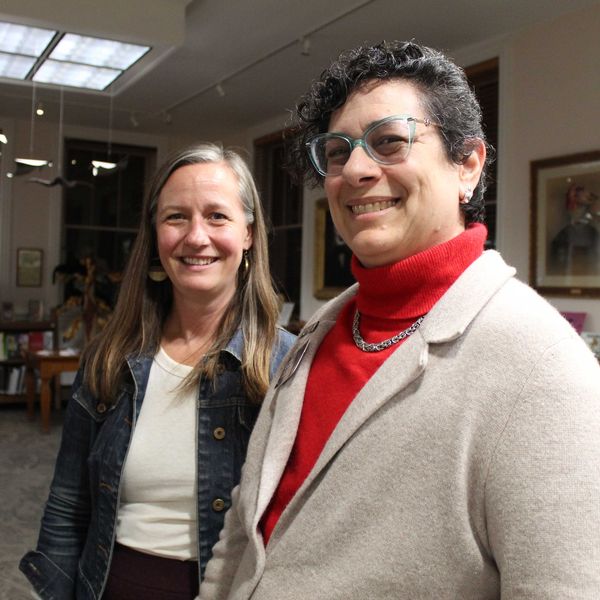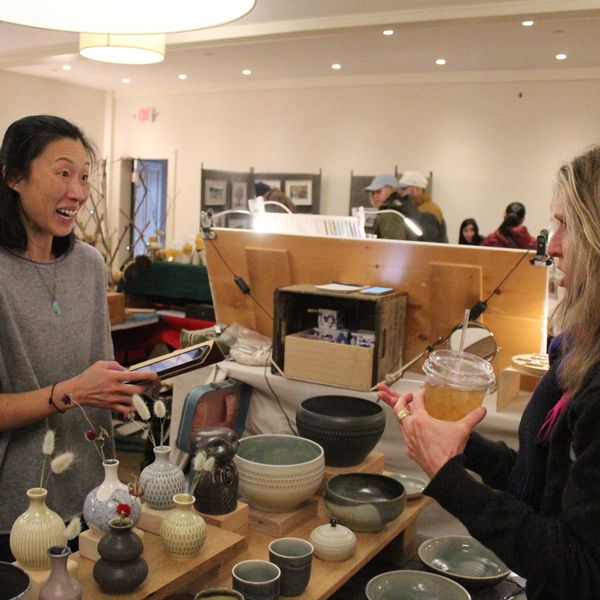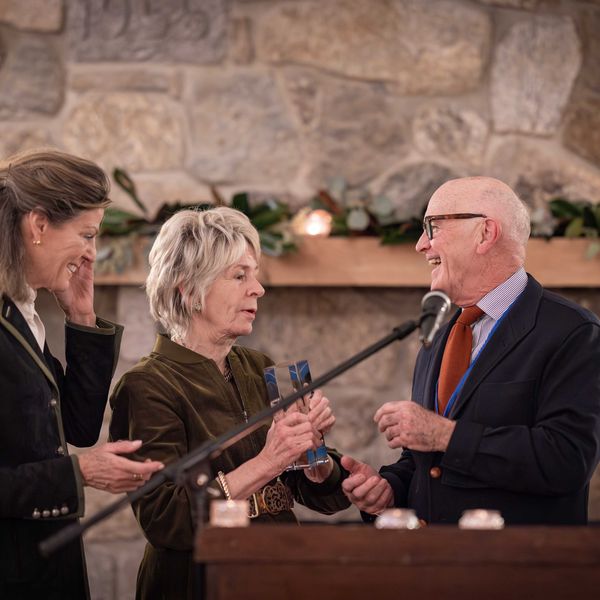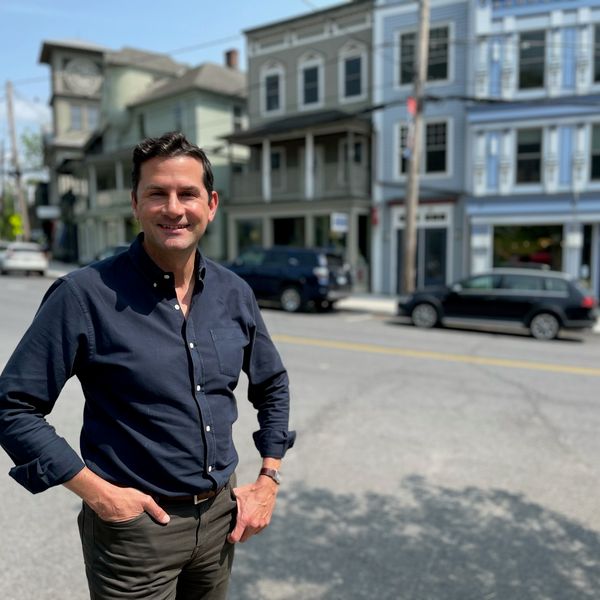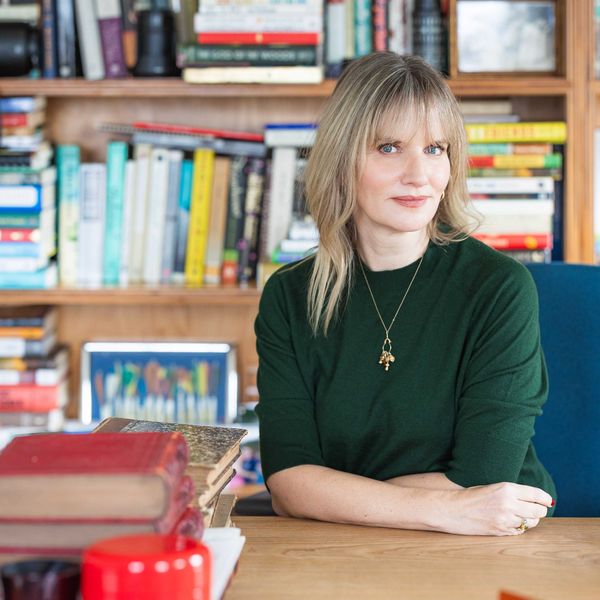Quakers and the rise of the abolitionist campaign explored in Meeting House talk
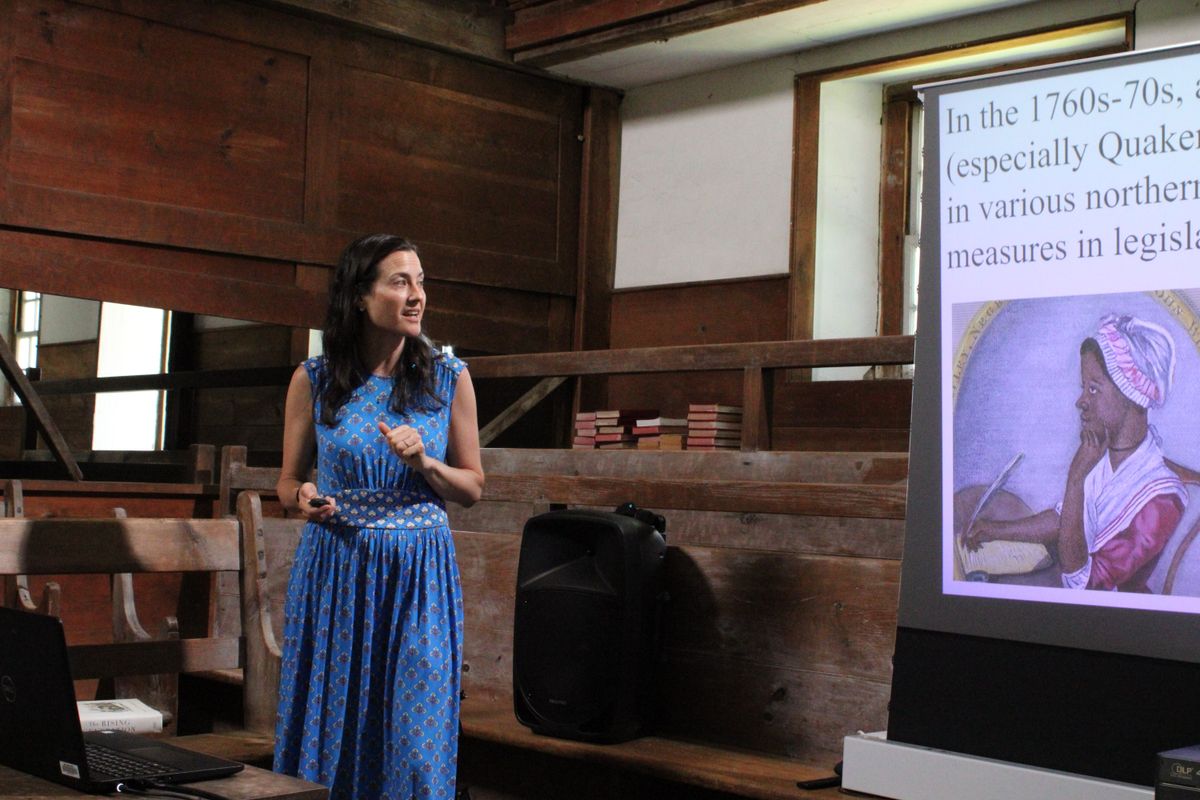
Sarah Gronningsater, a history professor at the University of Pennsylvania and author, lectured on the Quakers’ abolitionist history at the Nine Partners Meeting House in Millbrook on Sunday, June 29.
Photo by Charlie Greenberg

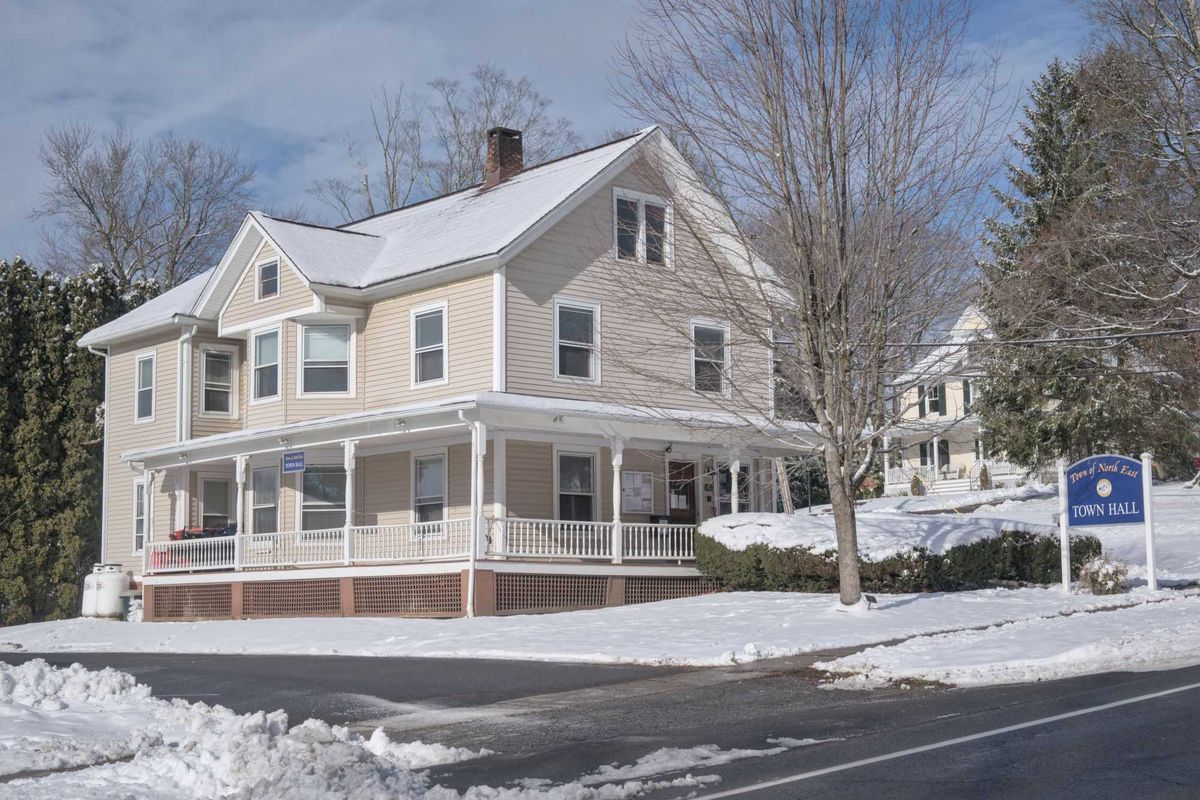

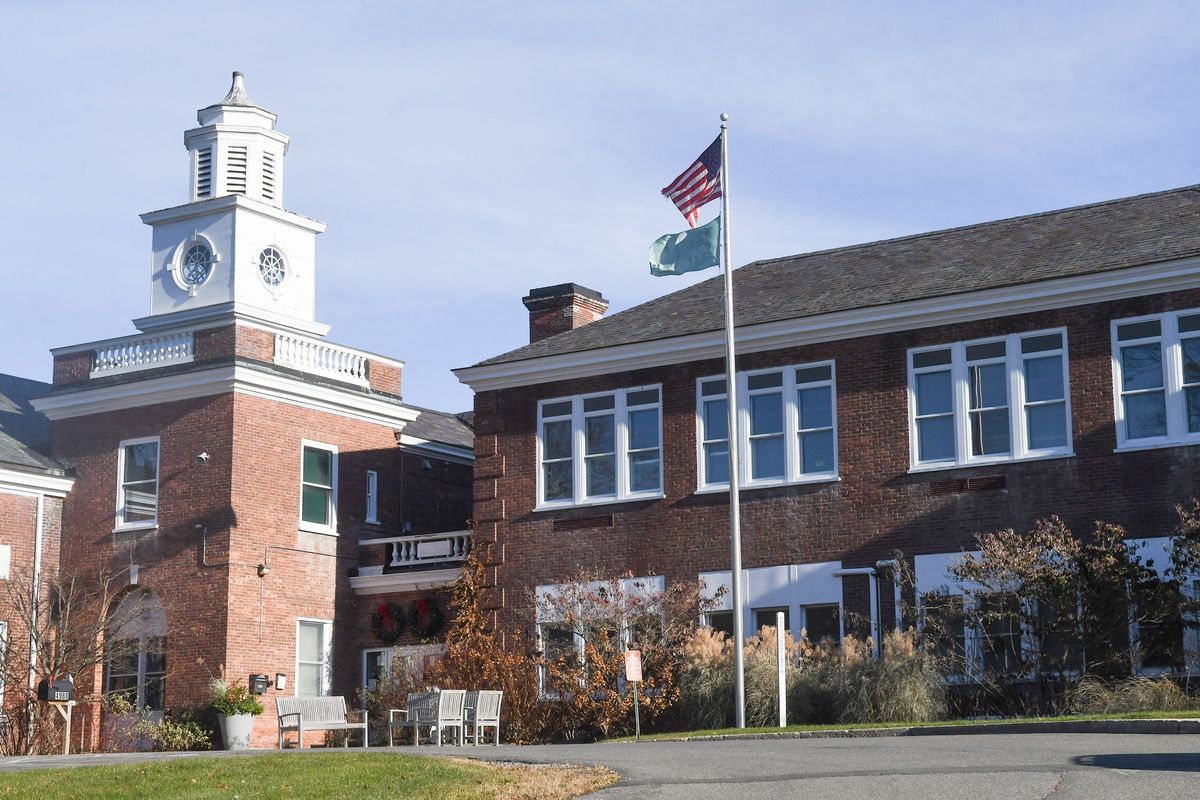
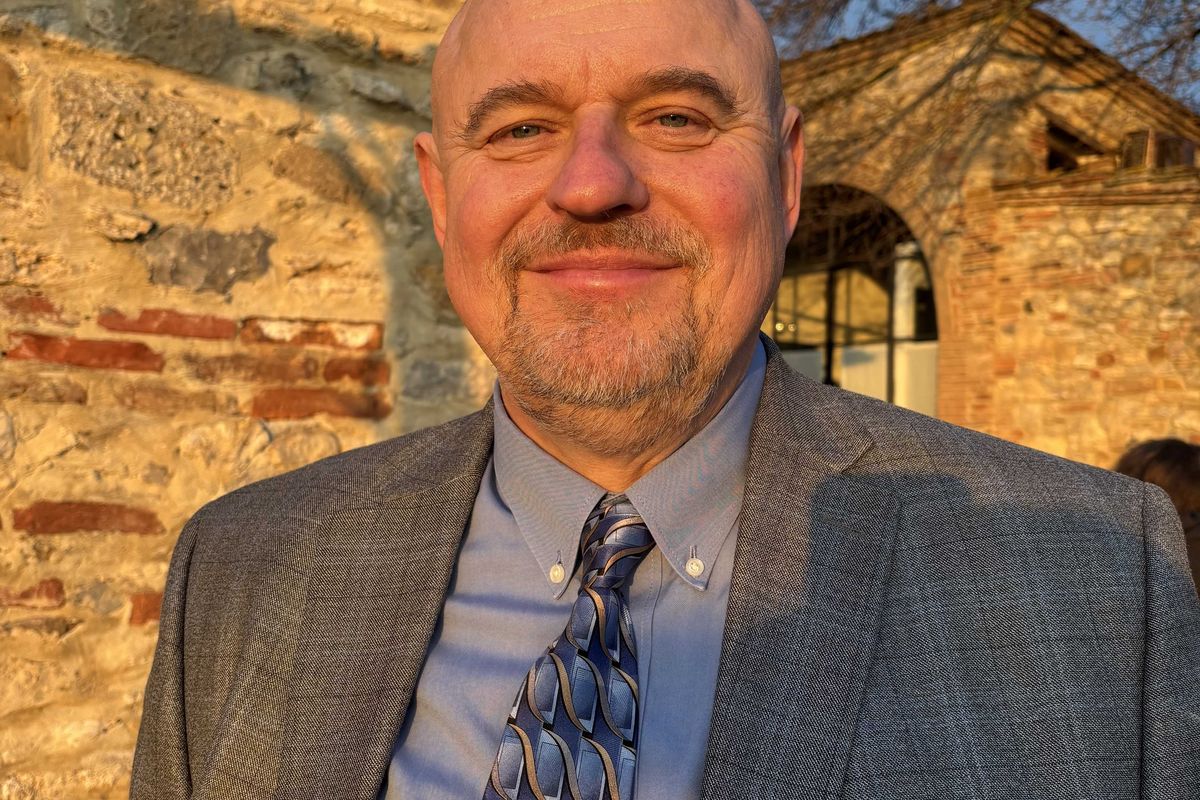
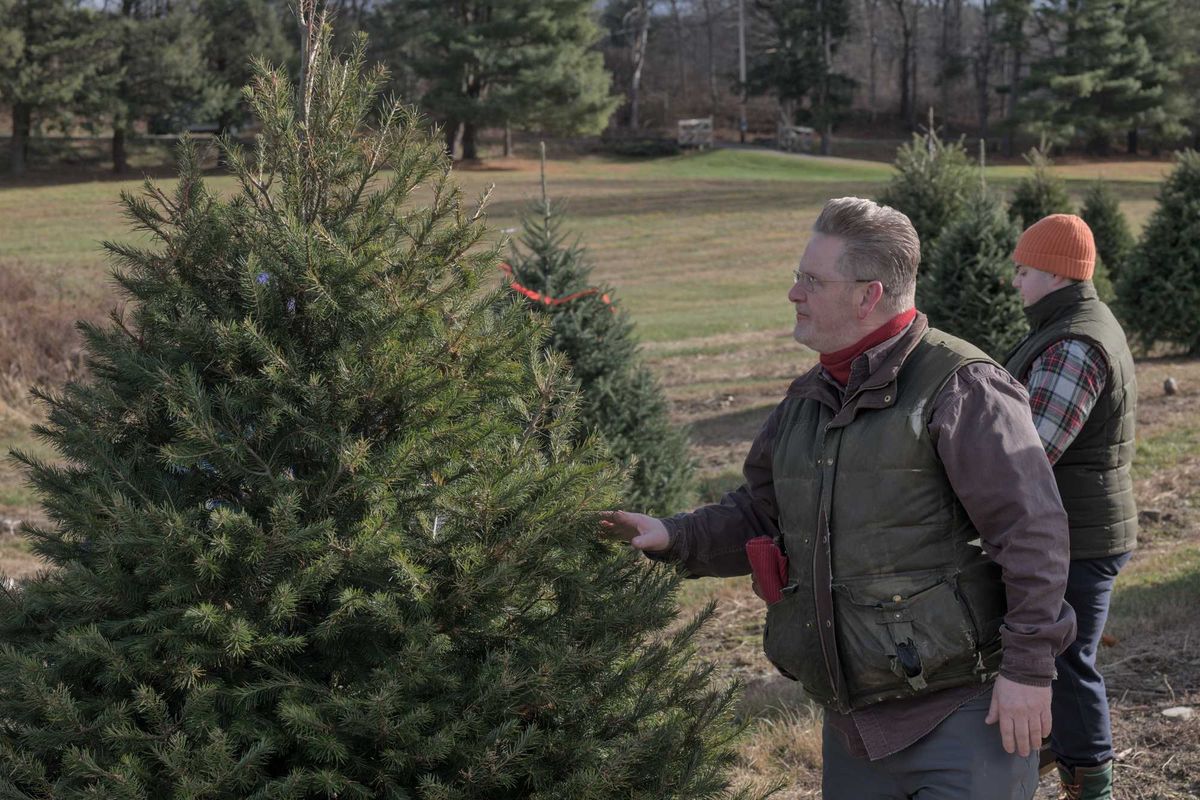

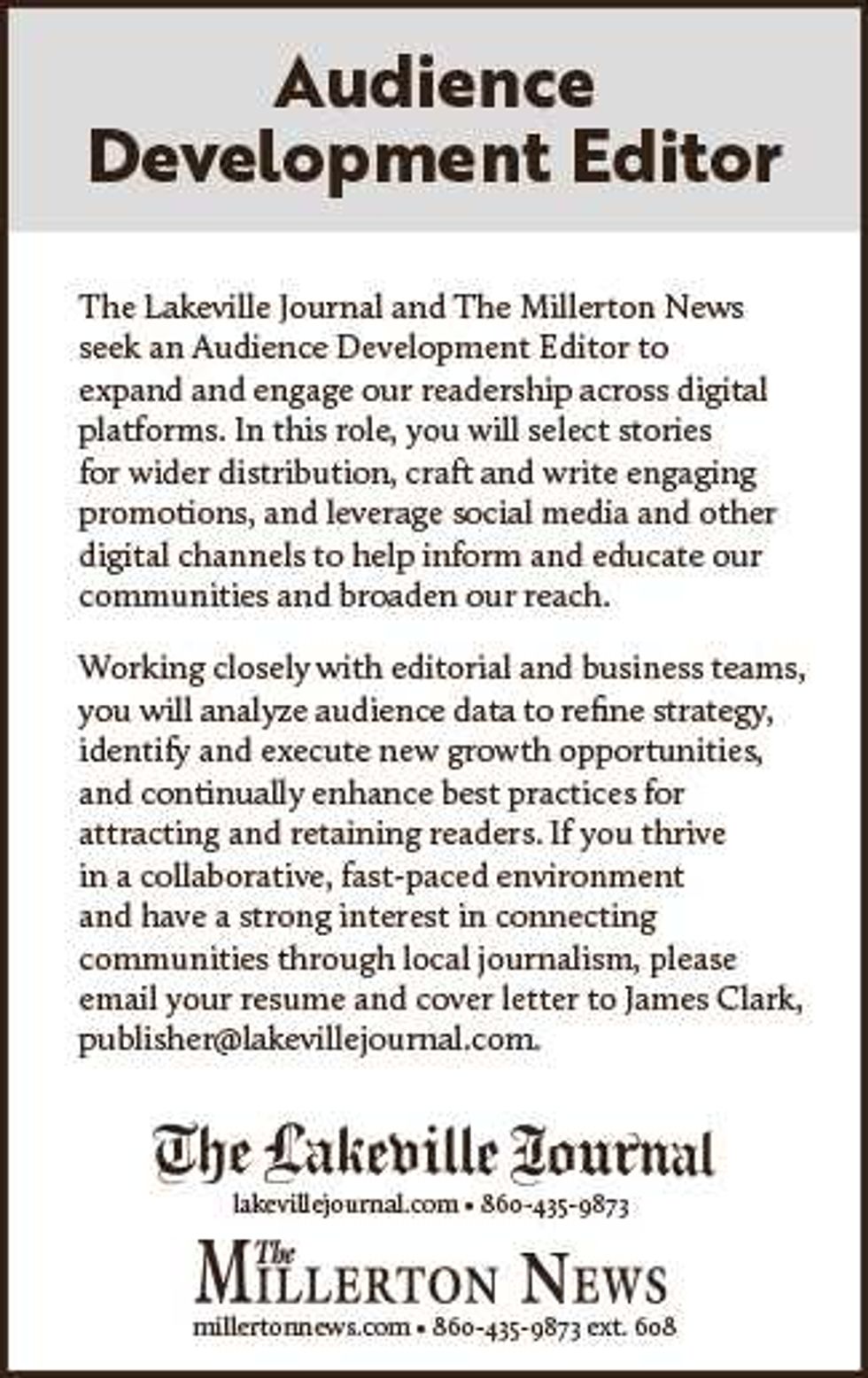



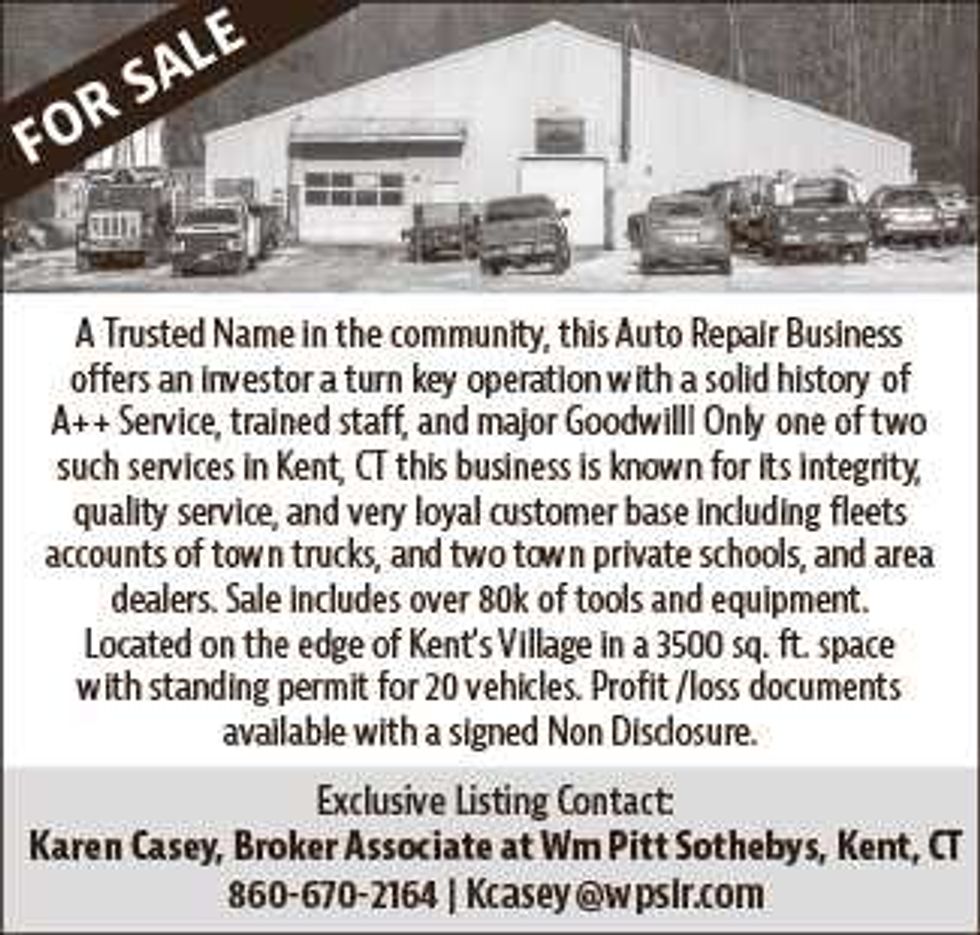

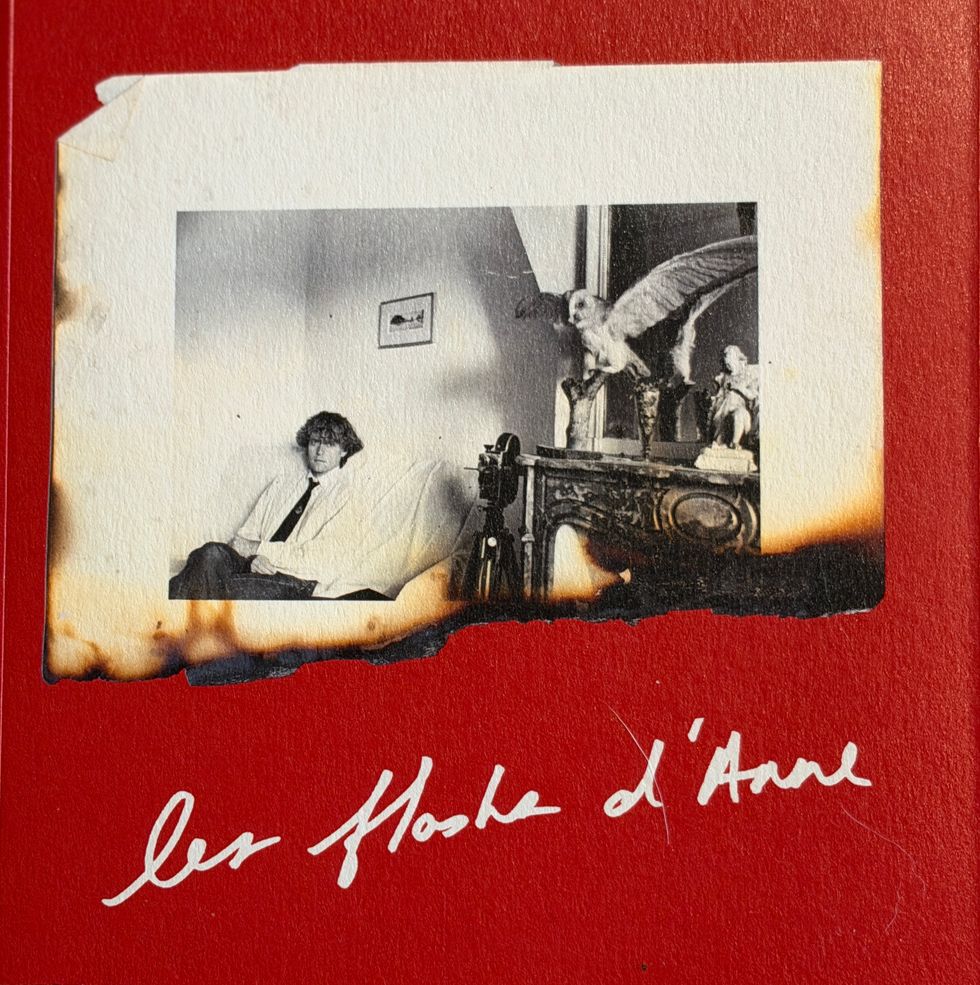 Cover of “Les Flashs d’Anne”Jennifer Almquist
Cover of “Les Flashs d’Anne”Jennifer Almquist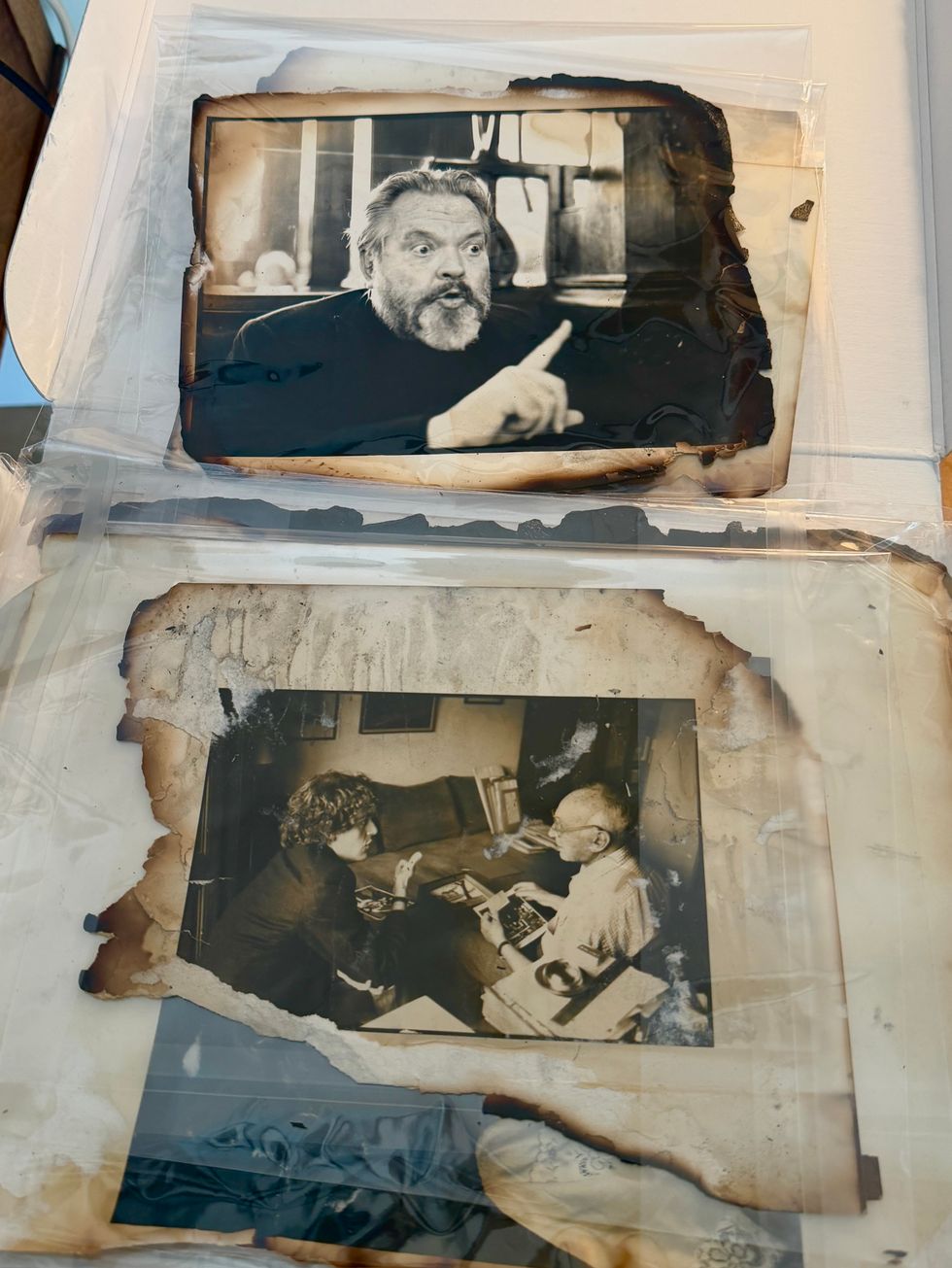 Orson Welles, top, and Hervé Guibert and André Kertész by Anne DayJennifer Almquist
Orson Welles, top, and Hervé Guibert and André Kertész by Anne DayJennifer Almquist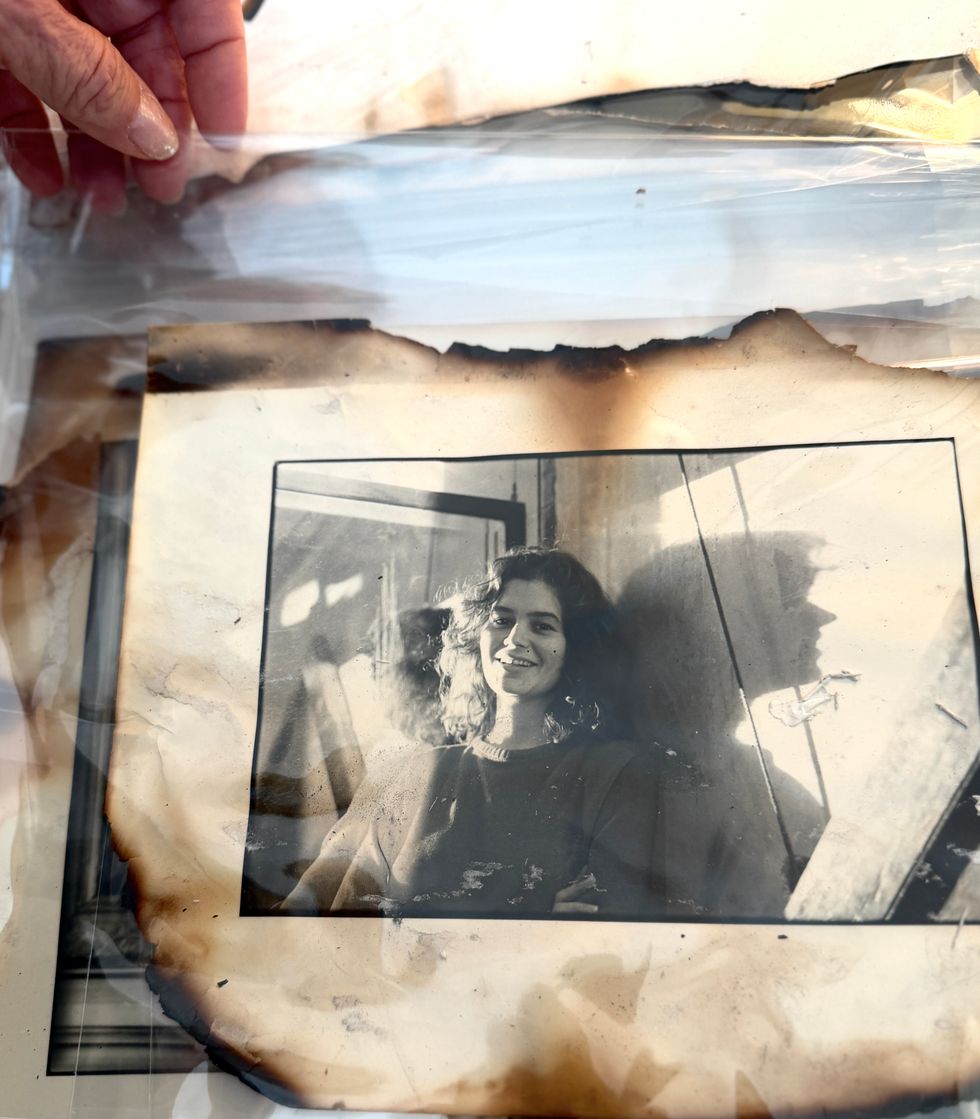 Self-portrait, New York City, 1981by Anne DayJennifer Almquist
Self-portrait, New York City, 1981by Anne DayJennifer Almquist
